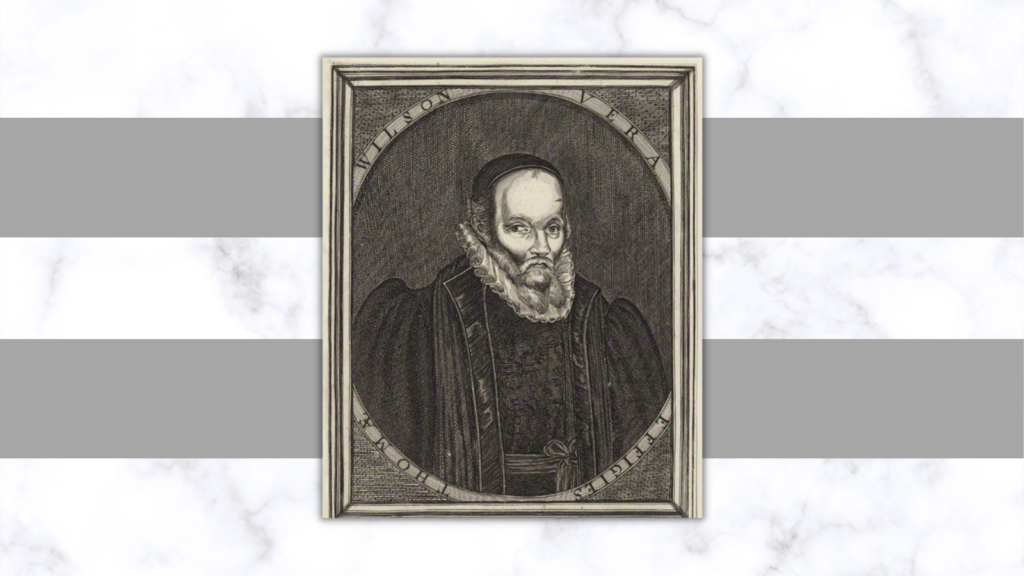Johannes Gutenberg (c.1400–1468), a German inventor and printer, was ranked in 2000 as the most important person in the second millennium. His invention of the movable-type printing press is widely regarded as the most significant invention during that time period.
Gutenberg’s printing press played a major role in the success of the Protestant Reformation. Many Protestants used the press to print pamphlets, books and Bibles, which quickly spread their ideas across Europe.
Gutenberg Bible
Around 1455, Gutenberg published the elegant 42-line Bible, called the Gutenberg Bible. It was a printed version of the Latin translation.
Of the original 180 Bibles, 49 are known to exist today. Less than half of these are complete copies. The most publicly viewed Gutenberg Bible is in the Library of Congress in Washington.
This year marks the 550th anniversary of Gutenberg’s death.
He was born in Mainz, Germany, around 1400 to Freile zum Gensfleisch zum Laden and his second wife, Else Wyrich. His surname was derived from his maternal ancestry.
Gutenberg never put his name on any of his works. What is known about him comes from documents — including financial sources — and his contemporaries.
He learned the trade of a goldsmith while living in Mainz. Around 1428 his family was exiled when the Mainz craftsmen revolted against the ruling noble class.
In 1430, Gutenberg established himself in what is now Strasbourg, France, working as a gem cutter.
Three of Gutenberg’s partners, who had advanced him money, found out he was keeping his work secret from them.
In 1438 a contract specified if one of the partners died, his heirs would not be part of the company but would be compensated financially. One of the partners died and his heirs sued Gutenberg, demanding to be made partners.
Although they lost the suit, it was revealed at the trial that Gutenberg was working on a printing press.
On March 12, 1444, Gutenberg paid his last wine tax in Strasbourg. Nothing is known about him until October 1448 when he was back in Mainz to borrow more money from a relative. Two years later he persuaded Johann Fust, a wealthy financier, to lend him money.
Around 1450, Gutenberg introduced his metal movable-type printing press. He made molds into which he could pour hot liquid metal. Then he produced separate letters that could be arranged and rearranged as many times as the printer wished, creating different pages from the same letters.
In 1452, Fust invested more money into their partnership. Gutenberg and Fust’s relationship began deteriorating and they parted ways. On Nov. 6, 1455, Fust won a suit against Gutenberg, demanding Gutenberg pay back the money he had loaned him. After paying Fust what he owed him, Gutenberg continued to operate a printing shop through the 1450s and into the 1460s.
It is believed that Gutenberg produced the 36-Line Bible and the famous Catholicon, an encyclopedia.
Archbishop Adolph II sacked Mainz in 1462. Fust’s office was destroyed and Gutenberg suffered losses. The archbishop pensioned Gutenberg by annually giving him grain, wine and clothing.
He died in St. Victor’s parish in Mainz on Feb. 3, 1468. He was buried in the Franciscan convent church.






Share with others: